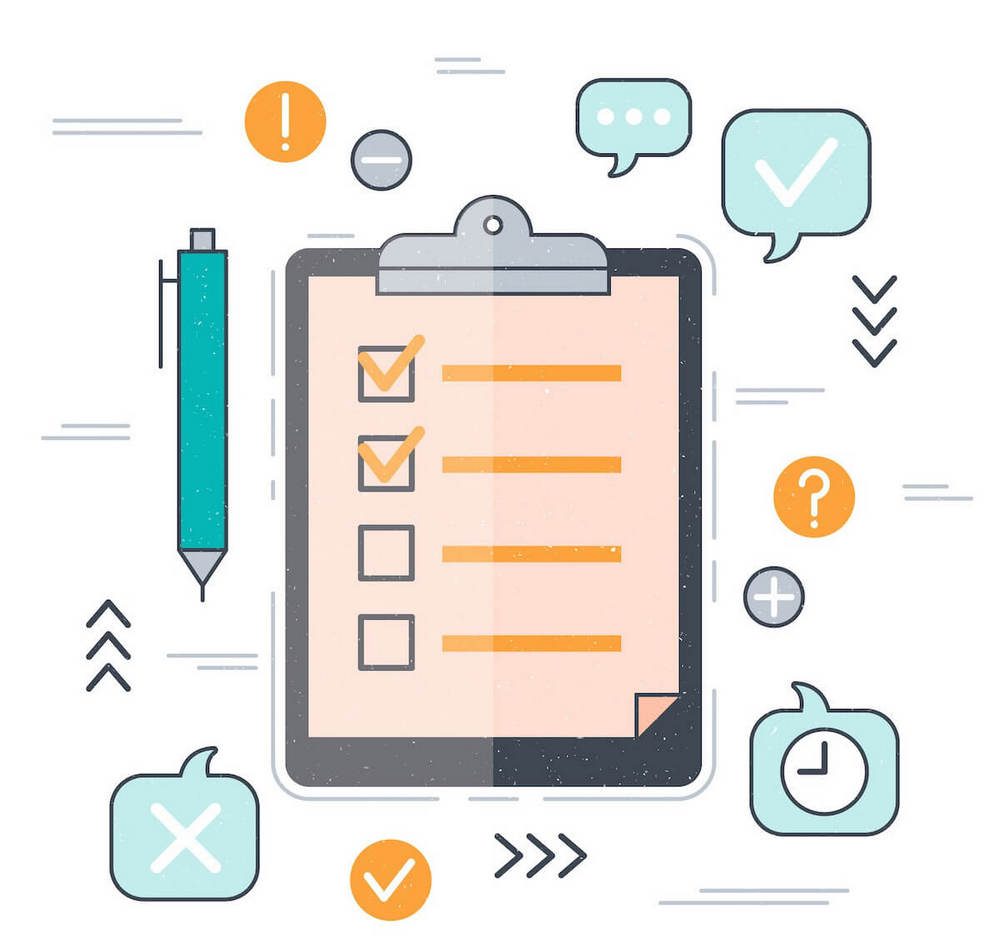Blog
Articles to grow your career
Article
Measuring the Effectiveness and Efficiency of Manual Testing
Manual Testing is essential in the Software Development Life Cycle, as software can only be released with approval from the quality testing team. However, it can be challenging to ensure that the tests being conducted are effective. This is where the concept of test effectiveness and efficiency comes into play. Test effectiveness assesses how well the test environment impacts the application under test, whereas test efficiency determines the efficiency of test operations.
What Is Efficiency Testing
Efficiency testing measures the number of test cases executed per unit, typically measured in hours. This type of testing assesses the resources and code required for an application to perform a specific function. It aims to accomplish tasks with minimal effort by evaluating testing resources’ planned and actual usage.
Techniques Used For Test Efficiency
- Metric-Based Approach: Using a metric-based approach provides valuable insights for improving testing processes that may not be progressing as anticipated.
- Expert-Based Approach: The expert-based approach relies on the tester’s expertise and previous project experience when testing the software.
Factors That Affect Test Efficiency
- Experience of the Tester: It is crucial for the people working on a project to possess both technical proficiency and domain knowledge. They should be capable of thinking logically and creatively, enabling them to identify rare and critical scenarios.
- Project-related training: Before commencing testing, testers should thoroughly understand the project. They need to grasp the project’s purpose and comprehend how it functions. Regular training sessions for testers can help them enhance their skills, leading to improved results.
- Access to the latest tools and technologies: Testers should have access to up-to-date tools and technologies.Automation testing should be encouraged to save time and effort. Testers can allocate more time to investigating critical and rare scenarios by automating routine tasks.
Formulas For Calculating Test Efficiency
Here are some formulas for calculating software test efficiency based on different factors:
- Test Efficiency: The test efficiency can be calculated by dividing the total number of defects found in unit, integration, and system testing by the sum of the defects found in those tests and those discovered during user acceptance testing.
- Testing Efficiency: The testing efficiency is determined by taking the number of resolved defects and dividing it by the total number of defects submitted. The result is then multiplied by 100 to express it as a percent.
Do you want to join us?
Leave an application and get a free consultation from our manager.
- Help in choosing a direction
- Course consultation
- Additional materials for the start
Example Of Test Efficiency
Here are some examples of test efficiency:
- Leveraging automated testing tools for swift and precise execution of test cases
- Formulating meticulously crafted and all-encompassing test cases
- Employing prioritization techniques to concentrate testing efforts on the most crucial aspects of the software
Best Metric To Measure Software Testing Efficiency
Here are some key derivative metrics that are used to measure test efficiency:
- Passed test cases coverage
- Percentage of fixed defects
- Percentage of total critical defects
- Defect containment efficiency
- Average time taken to rectify defects
Test Efficiency Vs. Test Effectiveness
To ensure the test suite’s 100% efficiency and effectiveness, a QA tester or IT expert must understand the disparity between Test Efficiency and Test Effectiveness.
Test Efficiency:
- Internal metric
- Measures utilization of resources consumed by the organization
- Quantifies the number of test cases executed per unit of time
- Measures the amount of code and testing resources required for a specific function
- Calculated by dividing the total number of test cases executed by the unit of time
- Aims to determine whether allocated resources were utilized effectively
- Helps minimize human and machine costs in testing
- Does not concern customers or stakeholders directly
Test Effectiveness:
- External metric
- Determines the level of accomplishment of customer objectives with the delivered product.
- Discovers the effect of specific test environments on the application.
- Computed by dividing the overall defects discovered in the application by the total executed test cases.
- Customer satisfaction and requirement fulfillment play vital roles.
- Evaluates the efficiency of the testing team in executing the test suite according to the STLC.
- Guarantees that the final product satisfies the client’s requirements.
Frequently Asked Questions
What are metrics in QA?
Metrics in QA refer to the measurements that software developers utilize to ensure the quality of their products.
Why are test metrics important?
Test metrics play a crucial role in evaluating the functionality and performance of software products. Using these metrics, developers can enhance their efficiency and identify areas where improvements are needed to ensure the software meets quality standards and operates flawlessly.
Conclusion
QA testing plays a crucial role in evaluating the effectiveness of the software, and test metrics are essential in achieving optimal performance. While various metrics are available, the QA tester or IT expert must select the most appropriate ones based on their experience and analysis. Customer satisfaction with the software or product is the ultimate determinant of achieving optimum efficiency.





